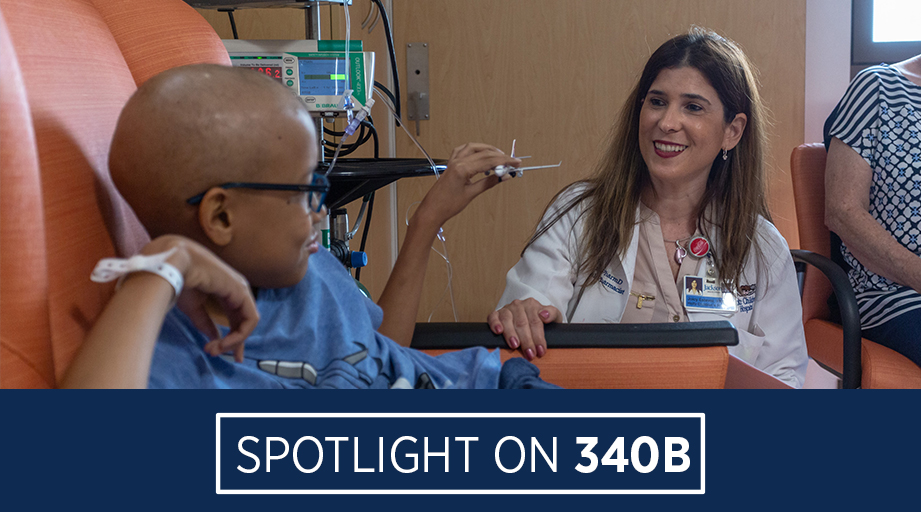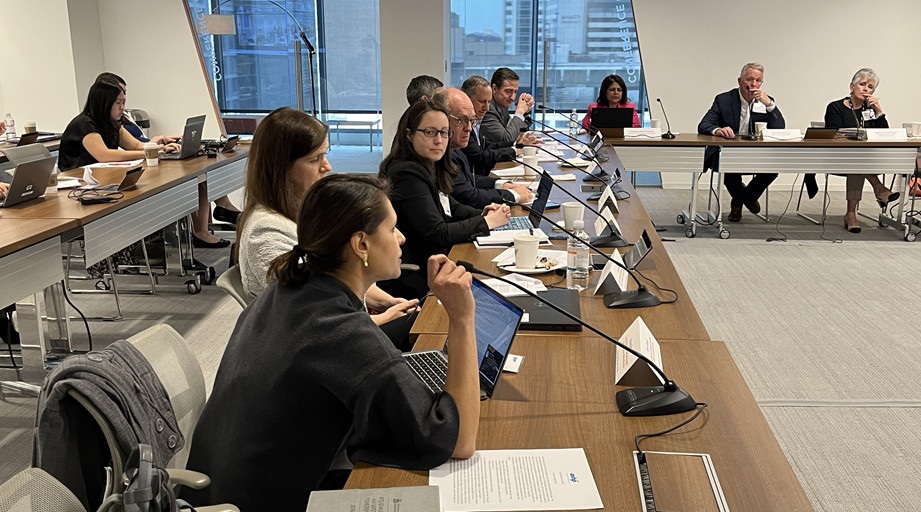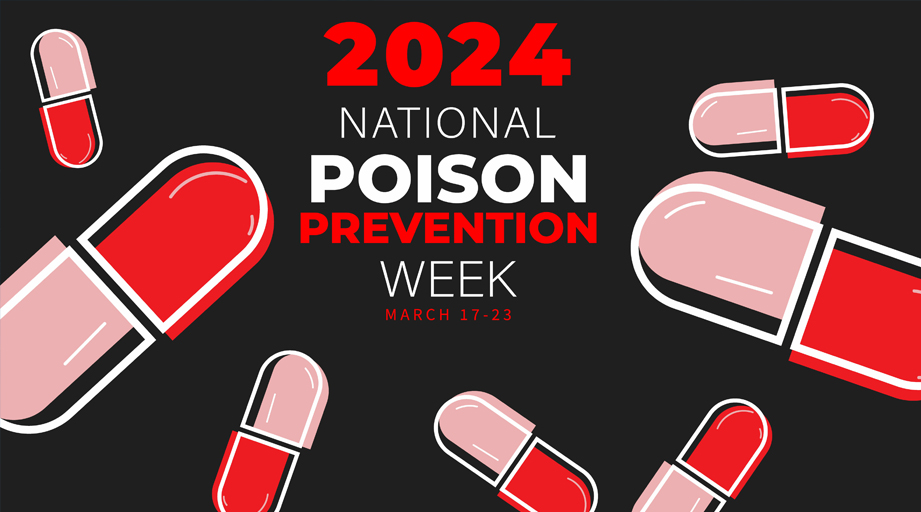
 By combining geographic information system (GIS) technology with data from electronic health records, health registries, and other sources, clinicians can have a powerful tool to improve patient care, says geospatial pharmacy specialist Jing Wu.
By combining geographic information system (GIS) technology with data from electronic health records, health registries, and other sources, clinicians can have a powerful tool to improve patient care, says geospatial pharmacy specialist Jing Wu.
Wu is a former account executive at Esri in Arlington, Virginia, where she helped healthcare organizations incorporate GIS technology into their platforms. She said that by viewing patients through a GIS lens, pharmacists and other clinicians are better able “to think about our patients within the context of their lives [and] create more targeted interventions.”
“I think that’s going to be the standard of practice,” Wu added.
The Centers for Disease Control and Prevention (CDC) describes GIS as computer-based tools for storing, visualizing, analyzing, and interpreting geographic data. The many things GIS data can map include disease cases, hospitals, clinic types and sites, roads, public transit routes, waterways, and land boundaries. CDC uses GIS data for research on population health, toxicology, chronic disease prevention, disease surveillance, and other health issues.
CDC’s website highlights a large collection of interactive web applications and data with GIS components, including tools for visualizing surveillance data on diabetes, heart disease, stroke, kidney disease, and vaccine uptake. General tools in the collection include the Population Level Analysis and Community Estimates (formerly the 500 Cities Project), which maps chronic disease risk factors, health outcomes, and clinical preventive service use. Another tool, the Social Vulnerability Index, assesses the potential negative effects of external human health stresses on communities.
Sophisticated commercial and open source software tools are available to collect and analyze data that include GIS elements. But Wu said any pharmacist can simply download an app and start using GIS data to get a new perspective on patient-care problems.
“If you want to roll up your sleeves and get into it, you can,” she said. “You don’t necessarily have to do analytics right away. You could also use it for telling stories ... in a dynamic way, using the map as a background.”
Wu said GIS data can illustrate stories about where people live and how far they must travel to obtain food, medications, and healthcare services. GIS can also highlight problems, such as inadequate public transit systems, that create barriers to obtaining healthcare and other necessities.
“With that type of data, you could make much more relevant recommendations for a patient rather than broadly saying, ‘You should be doing this or you should be doing that,’ and not realizing they don’t have access to healthy food or ... they don’t have a pharmacy within X miles,” Wu explained. “You can have a more meaningful conversation with your patient.”
Wu said that at the population level, pharmacists can combine geospatial information and clinical data to identify communities at high risk for specific conditions, such as diabetes. She said GIS data can then help to pinpoint local healthcare providers for potential collaborations, target communities in need of education and health resources, and improve health equity.
“Sometimes we say geography is the glue, because it helps put a boundary around all these different data attributes and makes it something much more understandable,” Wu said.
Wu said GIS data can also help pharmacists demonstrate how their services improve care within communities. For example, she said, GIS data can demonstrate that having a pharmacist at a specific location brings a needed service to the area. The data can also identify pharmacy service opportunities and gaps.
“I think the possibilities are limitless” for this technology, Wu said. “Pharmacy has so many different facets to it, and by being able to see it on a map we can truly paint that landscape of our practice.
Visit the ASHP Innovation Center to learn how cutting-edge technology can improve pharmacy practice and patient care.







